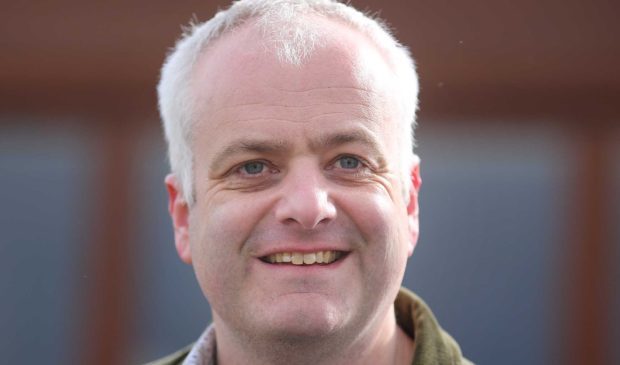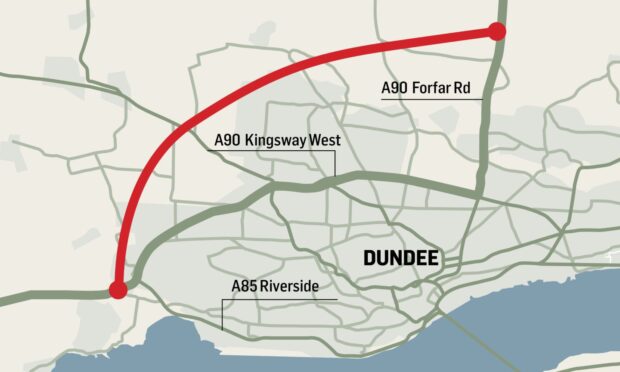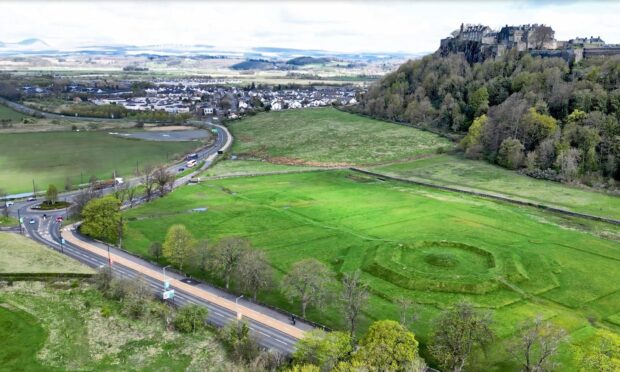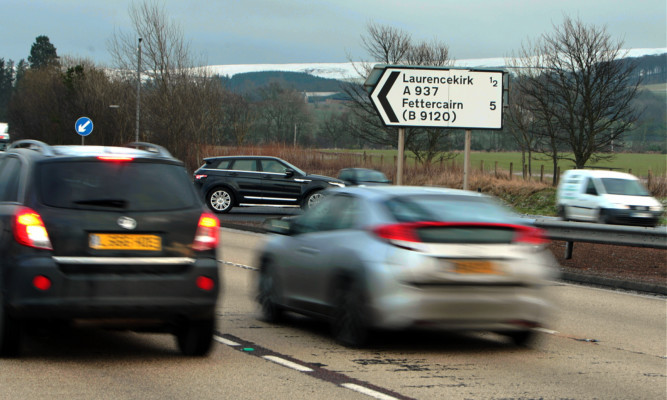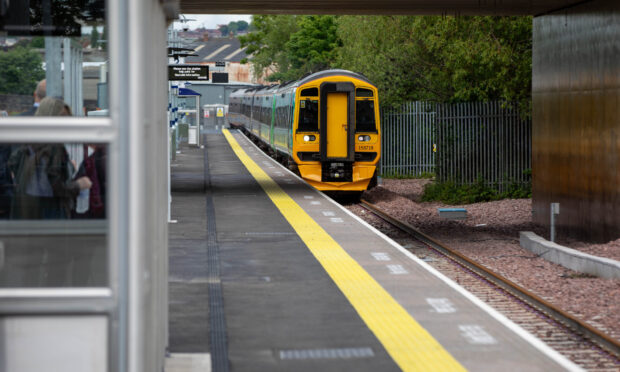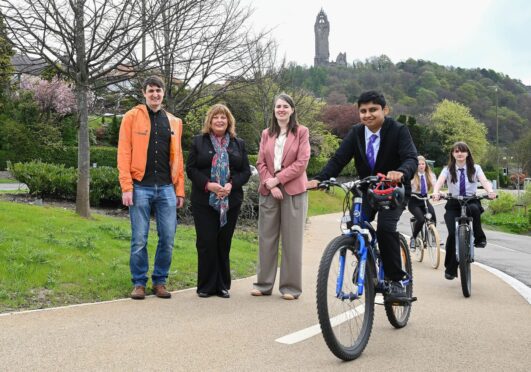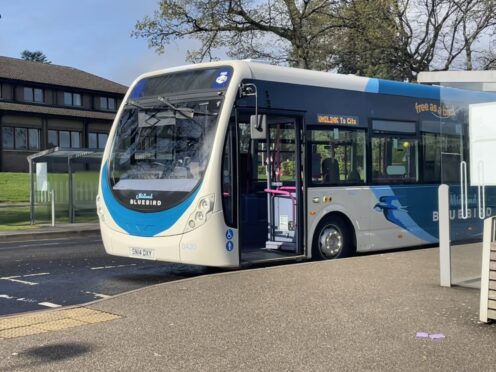A drastic fall in the number of people injured on Fife’s urban roads could be replicated across Scotland if a mandatory 20mph speed limit is introduced, it has been claimed.
Fife Council has seen a 21% reduction in the number of people slightly injured since 20mph zones were introduced in housing areas in 2003.
The number of people seriously hurt within the zones has dropped by 14%.
Council co-leader David Ross said the results were broadly in line with the outcome expected from a new bill proposed at the Scottish Parliament.
Mid Scotland and Fife Green MSP Mark Ruskell has put forward a member’s bill calling for the current 30mph default speed limit on restricted roads to be replaced with a new 20mph maximum speed.
He said his aim was to make streets and communities safer, healthier and cleaner.
He said: “It’s particularly important we protect vulnerable road users. I believe by reducing the speed limit we can protect the elderly and children.”
Some local authorities, including Fife, have taken action already but Mr Ruskell said the rollout of 20mph limits had been limited and piecemeal.
“The process for creating them within the current 30mph urban areas is complex and expensive for councils to administer,” he said.
“When they are established they are often restricted to areas around school gates.”
Mr Ruskell added that under his proposals, councils would be able to increase limits back up to 30mph in areas they and local communities considered appropriate.
Mr Ross said Fife had started the introduction of 20mph zones in 2003.
“Between January 2003 and May this year, 2,072 collisions were reported to the police,” he said.
“There were 505 casualties recorded, 79 serious injuries but thankfully no fatalities.”
An evaluation in 2015 compared figures with a three year period before the 20mph restrictions were introduced.
“Fife has introduced a mandatory 20mph speed limit on all new roads,” said Mr Ross
“The current position in Fife broadly reflects what the outcome of applying the new bill would be if we had not proactively commenced this work.”
Mr Ruskell wants to hear the public’s views on his proposed bill and people have until September 15 to respond.
Further information is available by logging on to http://www.parliament.scot/S5MembersBills/20170622_FINAL_VERSION_NGBU.pdf
